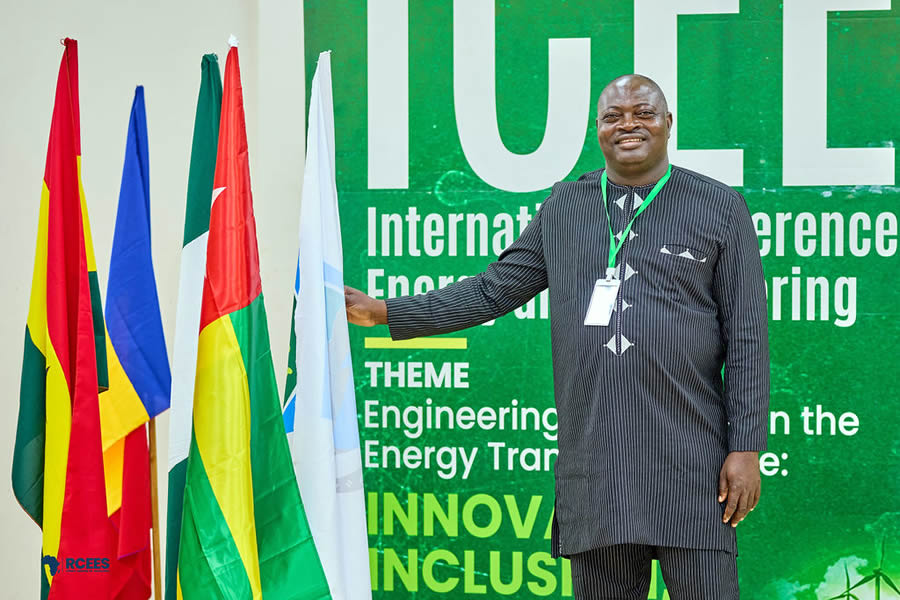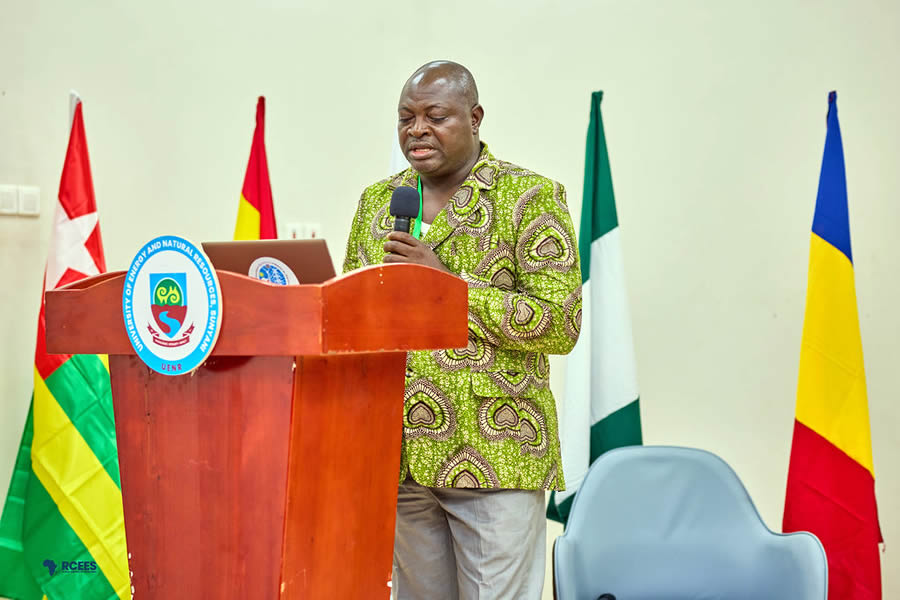Strategy Development for Hydrogen-Conversion Businesses in Côte d’Ivoire |
Télécharger |
08 Août 2024
Kassé Jean Hugues Angbé 1,* , Yawovi Nougbléga 2,3, Satyanarayana Narra 4 and Vidhi Singh 4
Abstract: Côte d’Ivoire has substantially neglected crop residues from farms in rural areas, so this study aimed to provide strategies for the sustainable conversion of these products to hydrogen. The use of existing data showed that, in the Côte d’Ivoire, there were up to 16,801,306 tons of crop residues from 11 crop types in 2019, from which 1,296,424.84 tons of hydrogen could potentially be derived via theoretical gasification and dark fermentation approaches. As 907,497.39 tons of hydrogen is expected annually, the following estimations were derived. The three hydrogen-project implementation scenarios developed indicate that Ivorian industries could be supplied with 9,026,635 gigajoules of heat, alongside 17,910 cars and 4732 buses in the transport sector. It was estimated that 817,293.95 tons of green ammonia could be supplied to farmers. According to the study, 5,727,992 households could be expected to have access to 1718.40 gigawatts of electricity. Due to these changes in the transport, energy, industry, and agricultural sectors, a reduction of 1,644,722.08 tons of carbon dioxide per year could theoretically be achieved. With these scenarios, around 263,276.87 tons of hydrogen could be exported to other countries. The conversion of crop residues to hydrogen is a promising opportunity with environmental and socio-economic impacts. Therefore, this study requires further extensive research.
Keywords: Côte d’Ivoire; strategy; business; hydrogen; crop residues















